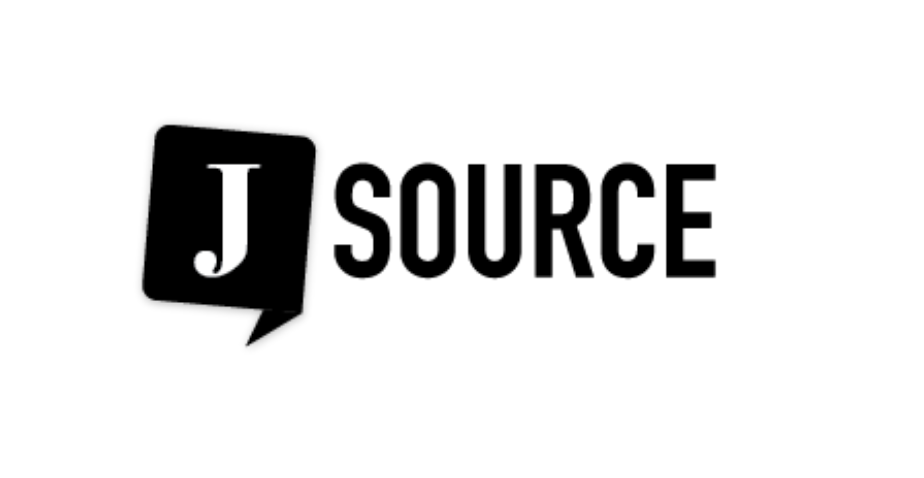 Journalism in Afghanistan is young, fragile and subject to interference, threats and violence from government and insurgents. It could use some support from the international journalism community, writes Afghan-Canadian journalist Ahmad Zia Kechkenni.
Journalism in Afghanistan is young, fragile and subject to interference, threats and violence from government and insurgents. It could use some support from the international journalism community, writes Afghan-Canadian journalist Ahmad Zia Kechkenni.
 Journalism in Afghanistan is young, fragile and subject to interference, threats and violence from government and insurgents. It could use some support from the international journalism community, writes Afghan-Canadian journalist Ahmad Zia Kechkenni.
Journalism in Afghanistan is young, fragile and subject to interference, threats and violence from government and insurgents. It could use some support from the international journalism community, writes Afghan-Canadian journalist Ahmad Zia Kechkenni.
Journalism in Afghanistan began in the early 20th century. Still, Afghanistan has never seen much progress in media development, for many reasons.
Progress in recent years can be considered one of the few achievements of the post-Taliban government, supported by the international community, since 2001.
At the moment, 22 of 60 licenced TV stations, 60 of 150 licenced radio stations and 300 of 500 licenced newspapers, weeklies and magazines are active.
When comparing these numbers to the one government-run TV station and radio station and two newspapers operating during the Taliban era, it becomes apparent significant steps forward have been taken.
Not yet independent
But this does not mean Afghanistan enjoys a truly independent media.
With a few exceptions, the majority of TV stations, newspapers and weeklies are supported by political groups or the government.
Afghan journalism is very young and inexperienced and research often lacks depth. Additional training and investment in infrastructure is needed.
After much political wrangling, the country’s new media law was finally passed last year. While this is a positive development, there are several points that raise concerns:
- Article 13 on public news agencies was vetoed. This article meant to turn governmental news agencies Bakhtar News Agency and RTA into public independent agencies.
- A chapter which covers prohibited topics contains points giving the government wide-ranging influence, such as:
–Prohibition on reports of “no-go zones”.
–Prohibition of revealing military secrets.
These details are not further defined, leaving the door wide open for interpretation and abuse by the government.
Afghanistan still does not have a law which guarantees access to information. Most government sources are tight-lipped and do not co-operate with the media.
At the same time, journalists in Afghanistan face threats, bribery attempts, interrogation and even death from government and insurgents.
In at least two incidents of journalists being taken hostage, Afghan reporters were killed, while the lives of international reporters were saved.
The majority of Afghan journalists do not have higher education. Only three government-run universities and two private schools have journalism faculties. The materials used by these institutions are outdated and often they do not have the necessary equipment and tools for their students. Still, some encouraging attempts have been made to improve the situation.
Help is needed
The international community as a whole — and the Canadian government and journalism associations, in particular – could help promote freedom of expression and improve journalism in several ways. For example, by:
- Conducting short-term courses in photojournalism, report writing, radio and TV broadcasting.
- Helping to establish a press club in Afghanistan. Afghanistan has four independent journalism associations. They only have internal meetings and normally do not interact with each other, due to different political affiliations. It is for that reason the establishment of an over-arching, independent press club could be beneficial to journalism in Afghanistan.
- At the moment, investigative journalism is not really practised, due to a lack of understanding of its importance and the inexperience of the journalists. Canada could help in this area by sending experienced journalists on short-term teaching assignments.
[node:ad]
Canadian coverage too narrow
Considering the wide-ranging involvement of Canada in Afghanistan, it would be a good idea if Canadian news agencies established offices there.
The Canadian press office in Kandahar is located within Kandahar Air Field (KAF) and its reports mostly focus on the military aspect of the Canadian involvement.
While news about Canadian troops certainly takes priority in the reporting, news about civilian life should be considered. Topics might include corruption, the drug trade, economic development, poverty and unemployment.
Because Canadian journalists often come to the country for short-term assignments, they do not have a clear understanding of the Afghan situation. This impacts the quality of their work. Therefore, a balance ought to be struck by investing in some longer-term staff based in Afghanistan.
Despite many issues happening around the world, Afghanistan’s situation should not be overshadowed. Afghanistan is a cancer in the international setting. If not treated, it will have dire consequences for the world.
Ahmad Zia Kechkenni is an Afghan-Canadian journalist. He returned to Afghanistan in 2005 after studying journalism in Canada. He has worked for Kabul Weekly since May 2006 and was a senior adviser to opposition candidate Abdullah Abdullah in the 2009 presidential election.

